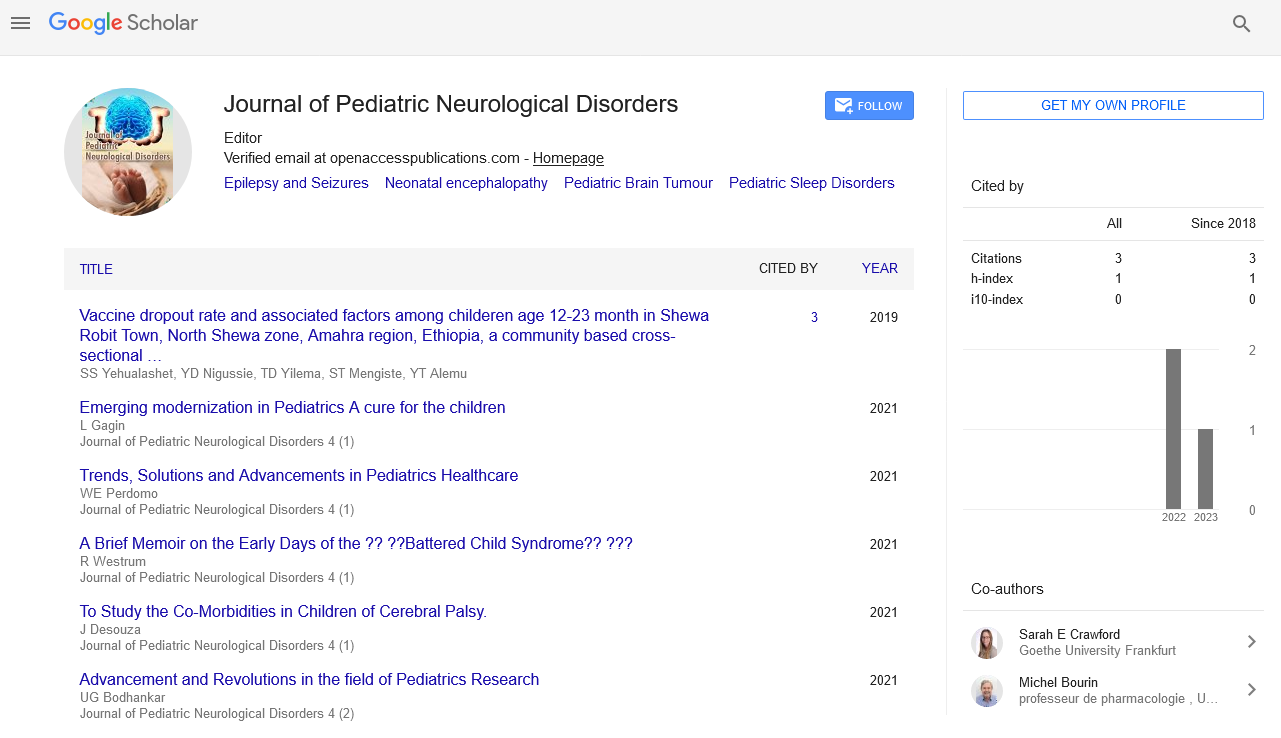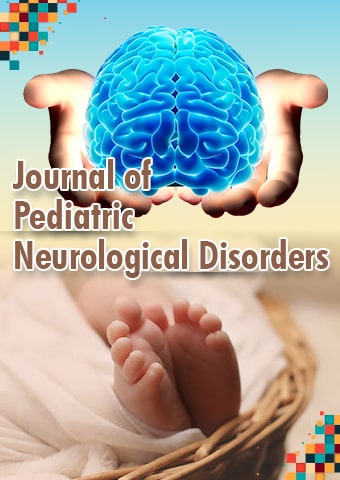Short Article - Journal of Pediatric Neurological Disorders (2020) Volume 3, Issue 2
Metabolic Neuroimaging using Direct Current Potential
Arkadi Prokopov
Athletic HighTech S.L. Palma, Spain
Abstract
A reduced cortical Direct Current (DC) potential correlates with brain metabolic depression and is a common sign in various forms of traumatic brain injury (TBI), stroke, neurodegenerative diseases, tumors and dementia. Reduced DC is associated with decreased blood brain flow, low glucose oxidation, mitochondrial impairment and increased brain oxidative stress. Neuroimaging methods, such as PET, SPECT and MRI that are used for brain metabolism evaluation have a common disadvantage of being costly and time-consuming, which limits their usefulness in ambulatory diagnostics and monitoring of brain metabolism in AD patients.
A complementary method called The Neuro-Metabolic Activity Mapping (NMAM) employs the principle of DC electroencephalography.The method is based on measurement of the brain DC potentials followed by computer analysis of acquired data and visual presentation of cortical metabolic map. The method employs correlation of a certain spectrum of DC potentials and metabolic activity of the brain. The method is similar to PET, though based on visualization of metabolic electrophysiology of the brain. The method provides a dynamic mapping and visualization of changes of brain metabolism under various stimuli and helps evaluate response in the course of therapy
A comparison of a standard EEG and NMAM during challenges, such as hypercapnia and hypoxia shows that the NMAM analysis and visualization of cortical field potentials provides a more accurate picture of the actual metabolic functional state of brain cortex.
The NMAM utilizes qualitative visual neuroimaging towards prevention of cognitive decline in populations at high risk for dementia and neurodegeneration and is conveniently applicable in ambulation settings. The NMAM can help identify and differentiate early signs of metabolic perturbations in ambulation patients, as well as in TBI, brain tumors and stroke. The findings obtained by the
NMAM method can facilitate beneficial lifestyle changes in patients to reduce risks for neurodegenerative diseases and stroke. Including the troponins and D-Dimers were mildly raised to more than 600ng/mL and a computerized tomography pulmonary angiography was advised which showed segmental pulmonary embolism involving the posterior basal segment of the left lower lobe with associated area of opacity depicting the pulmonary hemorrhage/infarction. The patient was already put on treatment dose enoxaparin subcutaneously and then later shifted onto Direct acting oral anticoagulant i.e. apixaban and a follow-up was arranged in anticoagulation clinic for further management and surveillance. Neuroimaging or brain imaging is the use of various techniques to image the structure , function, or pharmacology of the nervous system, either directly or indirectly. Within medicine, neuroscience and psychology, it is a fairly modern field. Neuroimaging lies within two specific categories:
Structural imagery that deals with nervous system function and the treatment of gross (large scale) intracranial disease (such as a tumor) and injury.
Functional imaging, which is used to diagnose metabolic diseases and lesions on a finer scale (such as Alzheimer's disease) and also for neurological and cognitive psychology research

